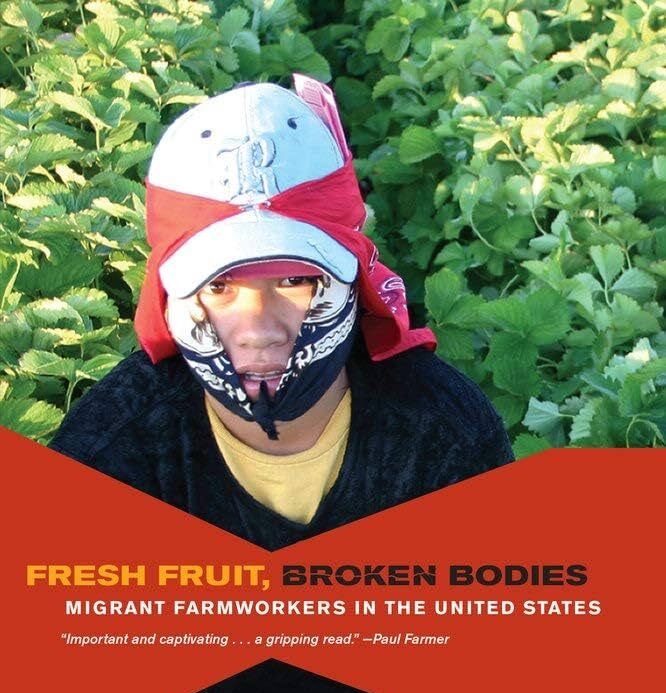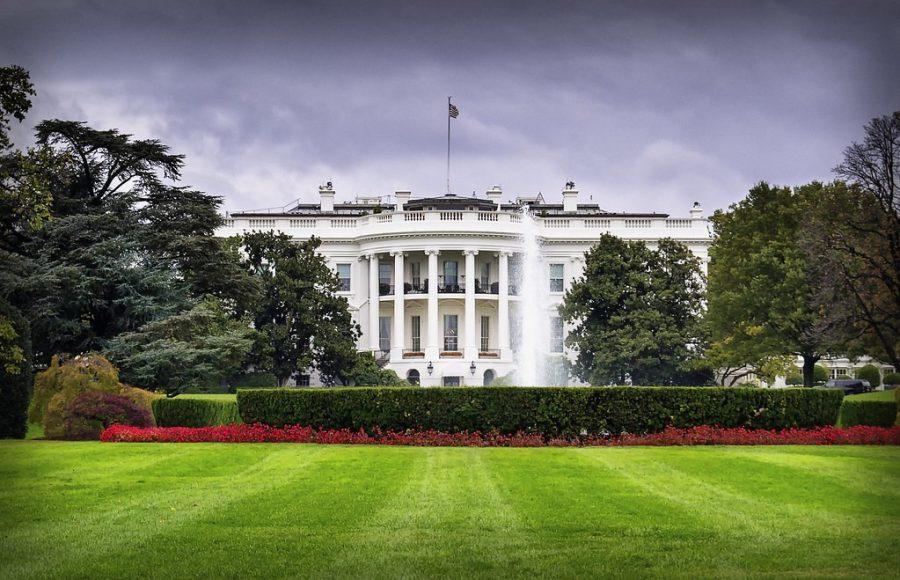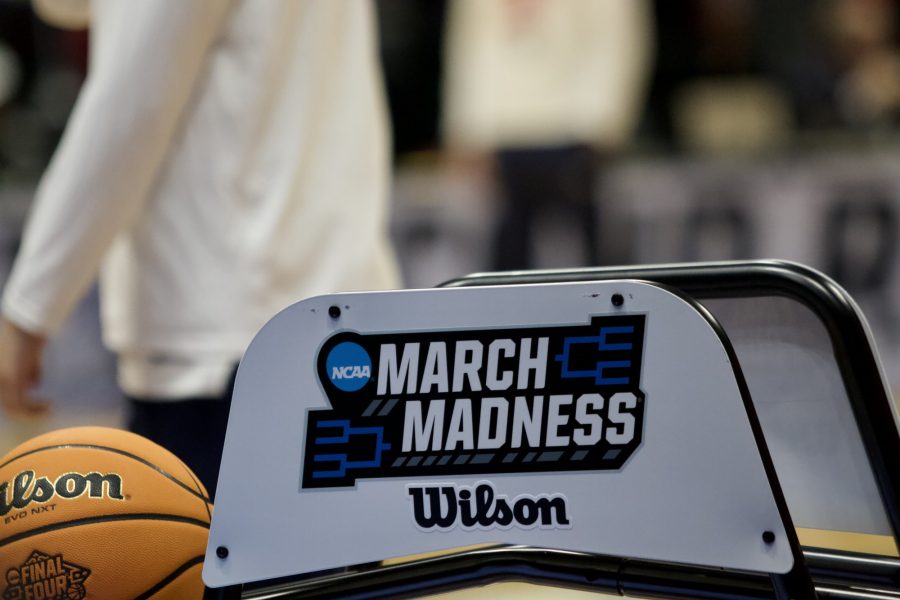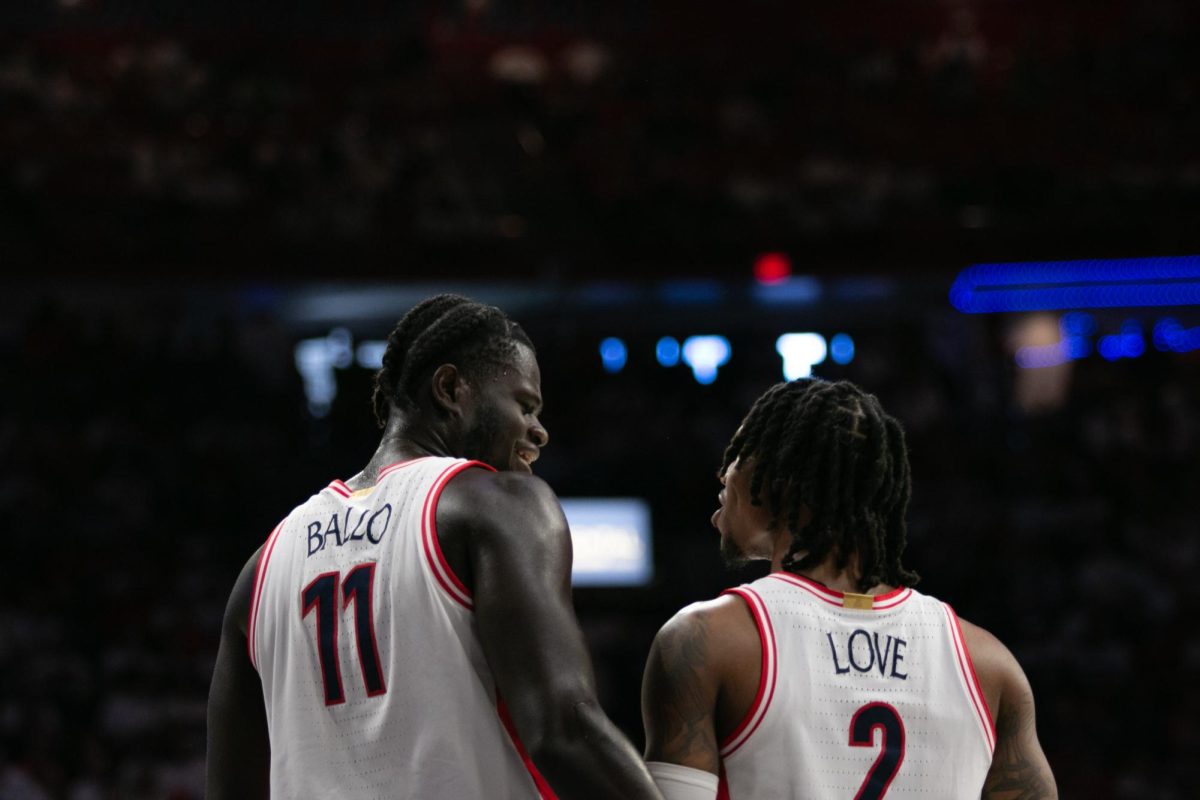The greater UA campus has turned into a war zone. Drivers must look in their mirrors every five seconds to make sure there are no bikes speeding from behind them. Pedestrians trying to walk across the mall feel like they’re on a battlefield. Cyclists, meanwhile, feel like pedestrians are walking landmines, just waiting for a huge collision.
The saving grace of most cyclists is that they travel very fast. If they get in the way of cars or pass a stop sign when it’s not their turn, at least they get out of the way quickly.
UAPD has responded to such concerns by posting officers at heavy traffic intersections to cite those who cycle past stop signs. I saw a cyclist blow past a stop sign while there were no cars around, and kept chugging after a policeman held up a hand and told him to stop. The policeman walked down the UA Mall a little way, speaking in his radio, probably calling a helicopter to follow the suspect.
Yes, that cyclist broke the law, but any extra time or resources spent on pursuing and citing the offender is a gross waste of taxpayer money. More importantly, all police resources spent on cyclist monitoring could be better spent elsewhere.
If a car runs a red light, there’s little chance that the driver will get out of a ticket. Pedestrians, on the other hand, violate the law every day without being cited.
Anyone who walks and has to cross a street knows the rules of the stoplight. When the little man flashes, it’s time to walk. When the hand is held up, it’s time to stop. When the sign is flashing, pedestrians can finish crossing the street, but can’t start. Students who start walking as the hand is flashing and the light turns yellow are violating the law.
Rushing across the street, even as a pedestrian, should not be protected any more than blowing past a stop sign on a bike while there are cars attempting to cross.
Should UAPD stand at stoplights and issue tickets when students start walking too late? No — as with citing cyclists, that would be a waste of police resources — but that doesn’t make it any less dangerous.
My experience as a member of driving, walking and cycling populations of the UA has granted a subtle insight on how to solve many of the campus traffic problems: walk faster!
Pedestrians do have the right of way, but many walkers mistakenly take this right as absolute. The right of way does not automatically cause drivers to slow down or stop on a dime. There may be a brief lapse in oncoming traffic, but walking slowly across the street can force a string of drivers to rashly brake.
Students commonly walk across the street as the hand flashes and light turns yellow. Cars attempting to turn are gridlocked as pedestrians casually finish crossing the street. The delay caused to one line of traffic results in the slowing of perpendicular traffic. The actions of pedestrians, which are often discourteous, exacerbate the potential for traffic collisions, which is already sky-high due to Tucsonans’ sub-par driving ability and composure.
It’s understandable if pedestrians need to cross at the last second. Sometimes, waiting for an extra green light is the difference between getting to class on time or getting singled out by a professor for arriving late, but there should be a common courtesy extended to everyone else having to deal with traffic. If you cross when the hand is flashing, walk faster so that you don’t hold up traffic waiting to turn. If you must cross when the stoplight is turning yellow, then walk really fast or even jog to make it before the perpendicular light turns green.
Crossing the street at the last second at a slow pace is dangerous and discourteous. Oncoming cars, especially those on the line, anticipate the green light. Cars in the rear often do the same, which means that any delay caused by last-minute, slow walkers can worsen already dismal traffic conditions and create the potential for rear-end collisions. Anticipating a green light may be unsafe, but it is a practice undertaken by drivers frustrated with the already molasses-like pace of Tucson traffic.
Switch the positions and see how dangerous it still is. Pedestrians often start walking just as the light turns red. Any car driving across at the last second trying to make the yellow light poses a serious threat to cyclists and pedestrians. Anticipating the light while others try to make it past a yellow can place all parties in danger, no matter who does what.
Instead of relying on police enforcement, the responsibility lies with each pedestrian, cyclist and driver to realize how their behavior affects everyone on the roads. Drivers are rightfully subject to the highest level of scrutiny since their high speeds and tons of heavy metal necessitate stricter enforcement of traffic laws. Cyclists must realize that Mountain Avenue is not the mountain stage of the Tour de France. There are no magic barriers to keep cars from crossing the path of a bike when traffic affords a brief moment of passage. Pedestrians have to accept the fact that even though they’re given the right of way, they’re the lowest on the commute chain. Walking faster or even waiting as the light turns yellow creates a safer commute for everybody.
It’s time that people stopped picking on just cars and bicycles.
— Dan Sotelo is a political science senior. He can be reached at
letters@wildcat.arizona.edu.








